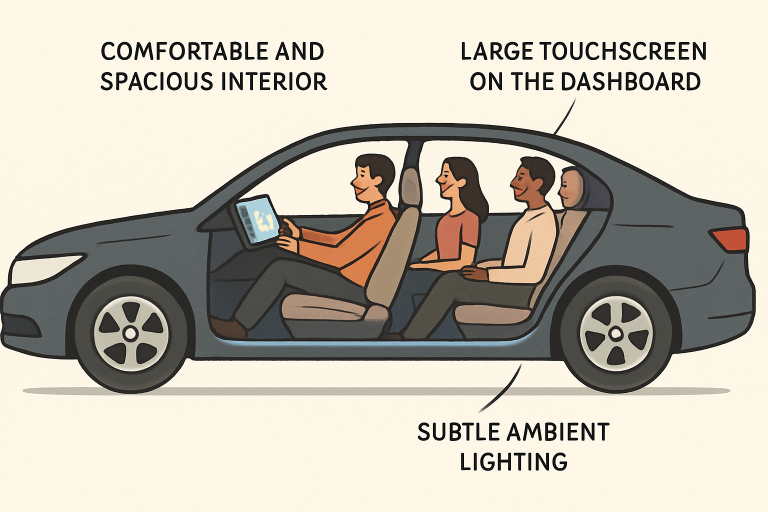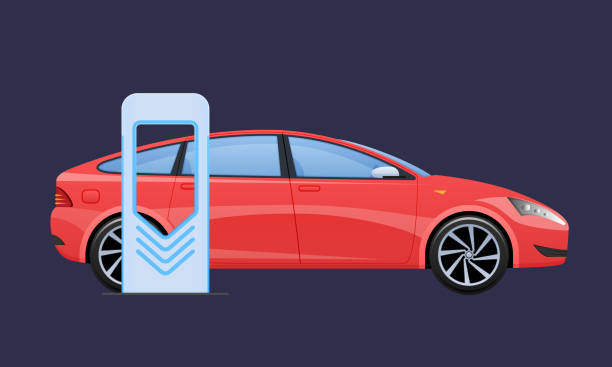Maximizing Your Protection: How Underinsured Motorist Coverage Works
Most states have laws requiring drivers to carry a minimum amount of car insurance. If they fail to do so, they may be assessed a fee or incur a penalty. Liability car insurance is designed to protect other drivers if a person causes an accident. What happens when their insurance isn’t enough to cover the bills resulting from this crash?
Under-Insured Motorist Coverage
Many drivers only pay for minimum coverage. Whatever the state requires them to buy is all they get. Fortunately, individuals who are involved in an accident with one of these drivers often find that under-insured motorist benefits come into play if the responsible party’s insurance won’t cover all the bills. This protection is typically an add-on to a driver’s car insurance policy.
If the other driver lacks the funds to compensate the victim fully, underinsured motor coverage pays the difference. The victim files a claim with their personal insurance company to receive the remaining balance. This coverage is required by law in some states, and not in others. Furthermore, it is not the same as uninsured motorist coverage.
What Does This Coverage Provide?
When looking at underinsured motorist coverage protection, a person must understand what financial compensation it provides. The coverage may provide reimbursement for bodily injury damages and/or property damages. In many cases, this coverage only pays bills related to physical injuries. Uninsured motorist property damage claims may require separate coverage. Certain states require one or both types of coverage. Other states allow policyholders to choose which coverage they want.
A victim might choose to settle with the other party’s insurance company and then file a claim with their insurance provider. However, a person should not count on receiving these funds. They must review their policy and comply with the terms. For example, a driver might be required to obtain consent from their insurance provider before settling if they wish to file an underinsured motorist claim through their policy.
Why Invest in Underinsured Motorist Coverage?
A person might ask why they should pay for this coverage. Shouldn’t the other driver be required to pay the full amount since they caused the accident? In a perfect world, they would, but this world isn’t ideal. A driver knows they are protected if they are the victim of someone who doesn’t have adequate coverage. This peace of mind is priceless.
Stacking underinsured coverage may also be possible, depending on where the accident occurs. Some states allow underinsured motorist bodily injury to be multiplied by the number of vehicles on the policy. If the policy has a $75,000 per person limit for bodily injury coverage and the policyholder has three vehicles on their policy, the amount of coverage would increase to $225,000 per accident.
Collecting Compensation Using Underinsured Motorist Coverage
Before filing an underinsured motorist claim, the victim must prove that the other driver lacked the necessary coverage to provide full compensation to them. To do so, the victim often needs to reach out to the other driver’s insurer and request written documentation of the responsible party’s coverage. An additional statement is needed outlining the settlement with the responsible party’s insurance company and how it equals that party’s policy limits. This information is often included in the settlement documents.
Specific states require underinsured motorist coverage. Drivers must speak with their insurance companies to learn what they must maintain to operate a vehicle in their state legally. However, the Insurance Research Council reports there are 28 million uninsured motorists in the country, which is why every person should consider this coverage, even if their state doesn’t require it. Having this coverage will provide them with peace of mind.







